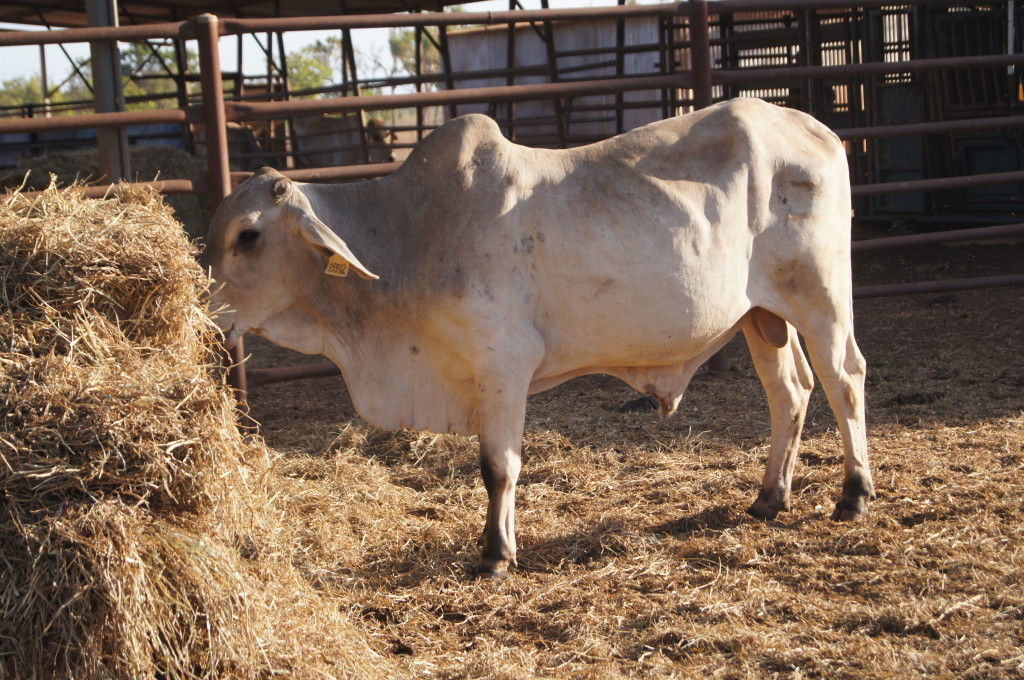Katherine Pastoral Production – Loving doing the science that underpins our industry!
Host: Katherine Research Station
Written by Whitney Dollemore – Pastoral Research Officer, Katherine Research Station.
This week Katherine Pastoral Production will be giving you some insight into the type of work we do for the northern cattle industry. There are six of us in the team and we are involved in collecting and sharing information to improve the profitability and sustainability of cattle producers. We will take turns in telling you about the type of work we do in the Katherine region, and hopefully show people how northern cattle producers use science to inform and progress our industry in aspects such as production, rangeland management, and animal welfare. We love our work and hopefully can share with you how exciting and rewarding it is to have a career in research in our industry. This week, Whitney kicks off our blog with an overview of her project on improving cow fertility.
Hi, I’m Whitney Dollemore and I work at the Katherine Research Station for the Northern Territory Department of Primary Industry and Fisheries as a Pastoral Research Officer. This week I headed out to the Victoria River Research Station (Kidman Springs) for the second round of pregnancy testing. When we are pregnancy testing we record many pieces of information so that we can look for reasons why some cows have more calves than others. We record their body condition score which is an overall score for the amount of muscle and fat each animal has, in addition to their weight, fat and hip height. All four of these traits combine to give a good picture of whether she is in a good state for reproduction or not. We also measure the age in months of the foetus, see picture as a cow has a 9 month gestation if we can estimate how far along in her pregnancy she is, we can work out an estimated calving date or if she has aborted her pregnancy for some reason. Finally we record if the cow is lactating. This tells us if the pregnancy was successful and resulted in a weaner. While the cows are lactating we can “mother them up” by allowing the weaners to find their mum and we then process them together. It is important we know which calf belongs to which mother, as fertility is a very heritable trait – so the cows who are the best producers will have sons and daughters who are good too!
Using this information we have selected the most fertile animals and created a nucleus herd called the Selected Brahmans. Brahmans in the past have often been selected for animals that grew the best, but for the northern Australian beef industry we believe that you also need a cow that will give you as many calves as possible. We have been selecting these cows since 1986 and in order to stay in the herd each cow has to bring in a weaner every year from the age of three, which is quite an achievement when the nutrition of the native pasture they graze is relatively low, and they still look good!
 Selected Brahman females at Kidman Springs.
Selected Brahman females at Kidman Springs.
The Selected Brahman weaners are moved to the Douglas Daly Research Farm and the heifers (young females) are mated at 12 and 24 months. If they have successful pregnancies then they get to join the herd at VRRS when they reach three years old. The male weaners are kept as bulls. These bulls are then semen tested at 12 and 18 months, and the top bulls are selected to mate with the Selected Brahman herds at both DDRF and VRRS.

All of these animals are compared nationally with other Brahmans through Breedplan, which is a database that works out Estimated Breeding Values (EBVs) to put a number on the genetic contribution that each individual bull would have for a production attributes such as fertility, growth and carcase characteristics. This allows producers to make more objective bull selection decisions based on performance in addition to how they look.

This project has a two fold effect, it both demonstrates to producers how they can improve their own weaning rates through selection of cows and bulls, and also makes the bulls who have these superior genetics available to be purchased by industry to speed up the process, as it can take a looong time to see the benefits of genetic selection.
There are a number of other projects that the Department are involved in which my work colleagues in Katherine Pastoral Production will tell you more about this week . . .
